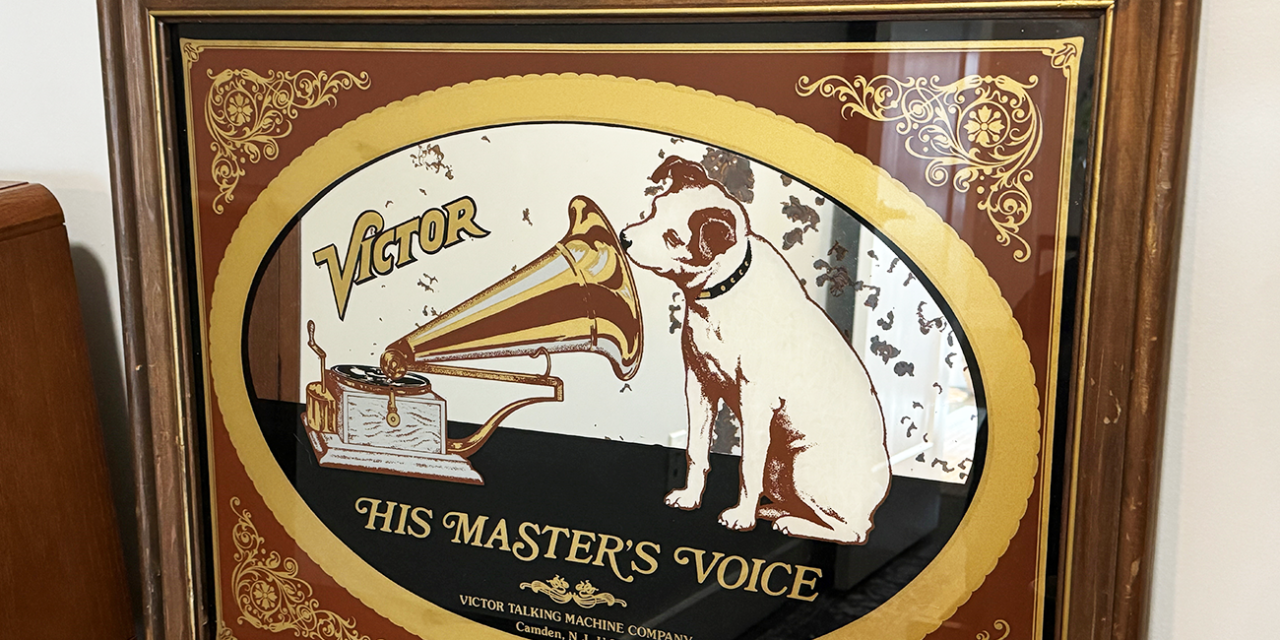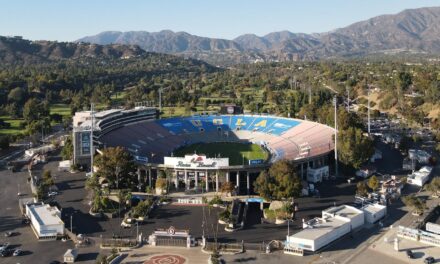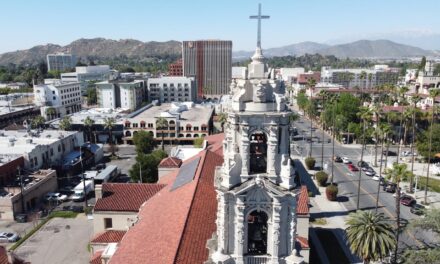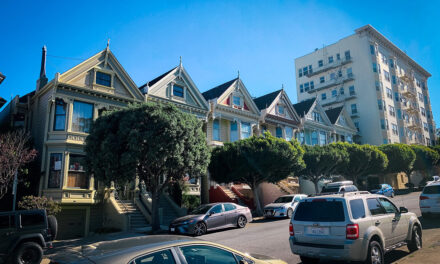Camden, New Jersey, is a city with a storied past and a vibrant history.
Located directly across the great Delaware River from the city of Philadelphia, Camden has played a significant role in the economic, cultural, and social development of the region.
This history provides a dynamic history of events and transformations that have shaped the city into what it is today.
Table of Contents
Indigenous Beginnings
The Lenape People
Long before European settlers arrived, the Lenape people inhabited the area now known as Camden.
The Lenape lived along the Delaware River, relying on the area’s rich hunting, fishing, and agriculture resources. Their presence laid the foundation for the region’s history and culture.
European Settlement
Early European Exploration
European settlers started to encompass the region in the early 17th century.
Dutch and Swedish explorers were among the first to arrive, establishing small trading posts and settlements. The area that would become Camden was initially part of New Sweden, a Swedish colony along the Delaware River.
English Control and Development
In 1664, the English seized control of the region, incorporating it into the Province of New Jersey.
Under English rule, the area began to develop more rapidly. By the late 17th century, English Quakers had established a settlement that would eventually grow into the city of Camden.
The Birth of Camden
Founding and Naming
Camden was officially established in 1828, named after Charles Pratt, the Earl of Camden.
The city’s location along the Delaware River made it a strategic point for trade and transportation. Camden quickly grew as a hub for commerce and industry.
Industrial Growth
The 19th century saw Camden become a significant industrial center.
The city became home to several major industries, including shipbuilding, manufacturing, and railroads. The Campbell Soup Company, founded in 1869, became one of Camden’s most notable enterprises, contributing significantly to the city’s economic growth.
The 20th Century: Transformation and Challenges
Economic Boom
In the early 20th century, Camden experienced an economic boom.
The city’s industries thrived, and its population grew rapidly. Camden became known for its shipyards, chemical plants, and manufacturing facilities. The RCA Victor Company (which would later become RCA Records), a major manufacturer of phonographs and records, established its headquarters in Camden, further boosting the city’s industrial profile.
Decline and Struggles
Post-World War II, Camden faced significant economic and social challenges.
The decline of manufacturing and the rise of suburbanization led to economic downturns and population loss. By the 1970s, Camden struggled with high unemployment rates, crime, and urban decay. The city became emblematic of the challenges faced by many post-industrial American cities.
Modern Camden: Revitalization and Growth
Efforts for Revitalization
In recent decades, Camden has embarked on a journey of revitalization.
Efforts to revitalize the city have included education, healthcare, and infrastructure investments. Camden’s waterfront has been transformed into a cultural and recreational destination, with attractions like the Adventure Aquarium and the BB&T Pavilion drawing visitors from across the region.
Educational and Healthcare Initiatives
Institutions like Rutgers University-Camden and Cooper University Hospital have become key drivers of Camden’s renewal.
These institutions provide education and healthcare services while also contributing to city economic development and job creation.
Fun Things to Do in Camden
Cultural and Recreational Attractions
- Adventure Aquarium: One of the most expansive aquariums in the United States, offering exhibits and interactive experiences.
- BB&T Pavilion: An outdoor amphitheater hosting concerts and events throughout the year.
- Battleship New Jersey: A museum and memorial located on the Delaware River, offering tours and educational programs.
- Wiggins Waterfront Park is a beautiful park along the riverfront, ideal for picnics, walks, and scenic views.
Historical Sites
- Camden Children’s Garden: A family-friendly attraction with themed gardens, interactive exhibits, and educational programs.
- Walt Whitman House: This is the preserved home of the famous poet, offering tours and insights into his life and work.
Q&A: Understanding Camden’s Legacy
Q: How did Camden become a significant industrial center?
A: Camden’s strategic location along the Delaware River and the establishment of major industries like shipbuilding and manufacturing contributed to its growth as an industrial hub.
Q: What were some key industries in Camden during its industrial peak?
A: Key industries included shipbuilding, manufacturing, chemical production, and food processing, with companies like Campbell Soup and RCA Victor playing major roles.
Q: How has Camden addressed its economic and social challenges in recent decades?
A: Camden has focused on revitalization efforts, including investments in education, healthcare, and infrastructure, and transforming its waterfront into a cultural and recreational destination.
Q: What are some popular cultural attractions in Camden today?
A: Notable attractions include the Adventure Aquarium, BB&T Pavilion, Battleship New Jersey, and the Camden Children’s Garden.
Q: How have educational institutions contributed to Camden’s renewal?
A: Institutions like Rutgers University-Camden and Cooper University Hospital provide essential services, contribute to economic development, and create jobs for people, playing a crucial role in the city’s revitalization.
The Future of Camden, New Jersey
As Camden continues its journey of renewal and growth, it remains a city rich in history and cultural significance.
The efforts to revitalize the city, combined with its vibrant cultural attractions and strong community spirit, promise a bright future for Camden.
The city will continue to honor its past while embracing new opportunities for development and progress.





